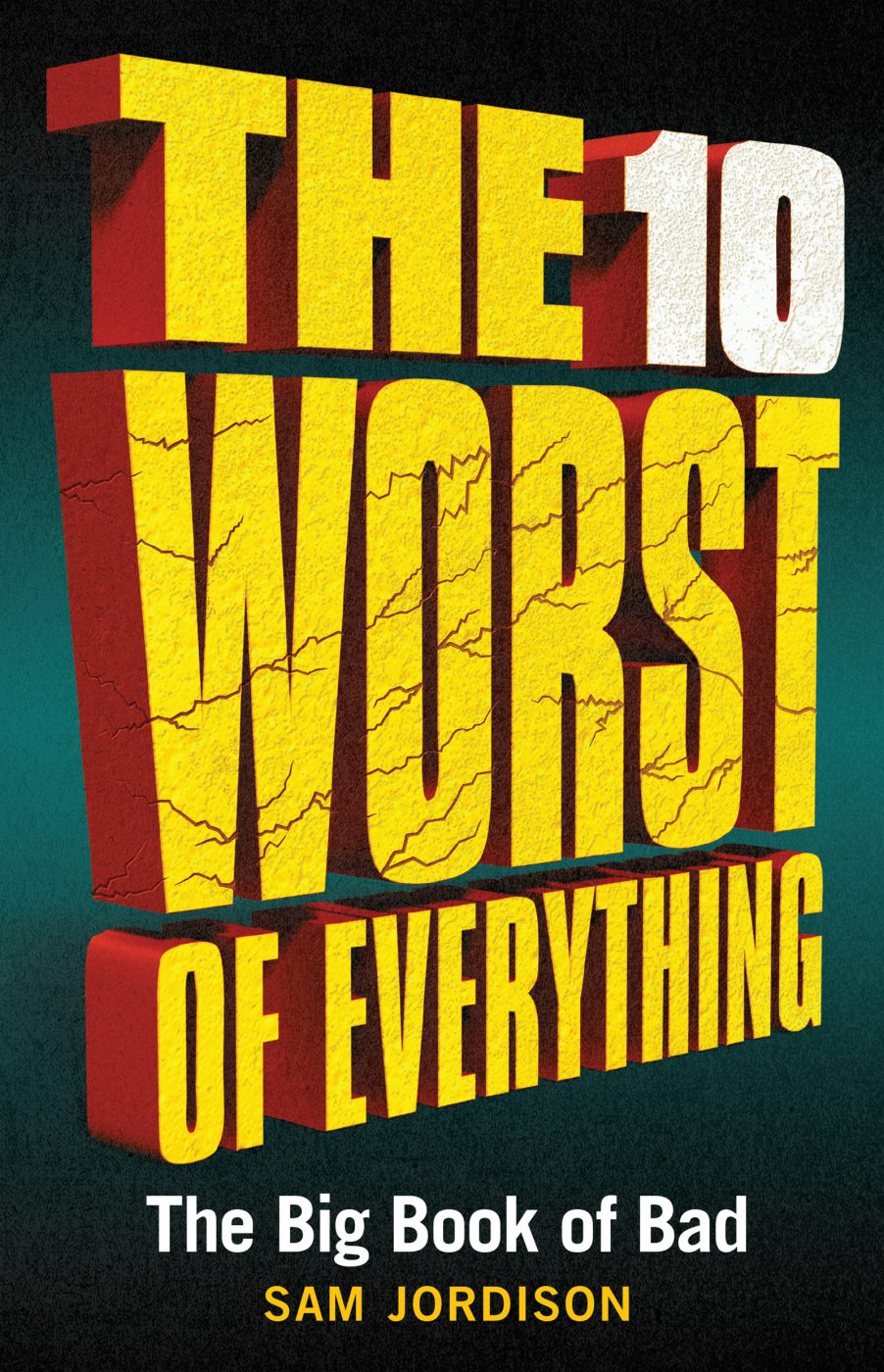This year, the world has dealt with a pandemic — an epidemic of an illness, but on a global scale — the likes of which most of us haven’t seen in our lifetimes. The novel coronavirus, or COVID-19 has changed daily life (and terrified) billions, and it’s the first time in about a century humanity has faced such a crisis. The last time: the influenza or “Spanish flu” of 1918.

It didn’t start in Spain
The influenza broke out toward the final years of World War I, and European nations tried to keep the news of its spread quiet, so as to not create panic or hurt fragile national morale after the armistice. The only country who didn’t censor its news in such a way was Spain, who reported on the outbreak. The thanks it got for telling the truth: The country was forever associated with the deadly disease.
It was devastating
The official estimates say about 50 million people died as a result of contracting the Spanish Flu (or “La Grippe,” literally “influenza,” as it was known in Spain). However, as record keeping wasn’t completely spotless, modern-day estimates cite the death toll closer to 100 million. At any rate, it was deadlier than the plague so bad it’s known as “The Plague.” The Bubonic Plague, or “Black Death” of 1347 to 1351 killed about 75 million.
The numbers are staggering
The coronavirus, or COVID-19, is a severe illness, and it has a frightening fatality rate of about 5 percent. The Spanish Flu was even deadlier. An estimated 500 million people around the world contracted the sickness, and anywhere from 50 to 100 million died, making for a fatality rate of 10 to 20 percent. It killed more people than World War I.
The 10 Worst of Everything is a celebration of failures, doom, disaster, mistakes, miscalculations, hubris, and folly from across a range of human endeavors—and when humans are involved, the potential for failure is great.
It hit America, and America responded aggressively
Both as the front man of the Velvet Underground and in his solo works, Lou While thought of as a European disease, the Spanish flu hit the United States in a big way, despite there being far less intercontinental travel than there is today. Nearly 700,000 American died, but more deaths were avoided due to social distancing. In other words, there’s a precedent for the mass closures of the coronavirus era: Schools and restaurants closed for months at a time, and people were ordered to stay at home and shelter in place, too.
Beware the white flag
Quarantining people with a contagious disease does help to slow the spread of the illness — after all, if that person doesn’t interact with other people, they can’t catch it. Quarantining was widely practiced across the U.S. and Europe, with the ill confined not only to their homes but to individual rooms. In large apartment buildings in big cities, neighbors were made aware that an influenza stricken victim was inside with a white scarf or handkerchief tied to the front door.









